For pet owners, understanding the biological age of their furry companions has long been a topic of fascination and concern. While chronological age tells us how many years have passed since birth, biological age reveals how well an animal's body is functioning at a cellular level. Recent advancements in veterinary science have introduced a groundbreaking method to assess biological age in dogs and cats: measuring telomere length in saliva.
Telomeres, the protective caps at the ends of chromosomes, naturally shorten as cells divide over time. This phenomenon has been extensively studied in humans as a biomarker of aging, but its application to pets is relatively new. Research now suggests that analyzing telomere length in canine and feline saliva samples could provide valuable insights into their true biological age and overall health status.
The non-invasive nature of saliva collection makes this method particularly appealing for pet owners and veterinarians alike. Unlike blood draws which may cause stress to animals, saliva sampling is quick, painless, and can be performed during routine check-ups. This accessibility could revolutionize how we monitor pet health and longevity, allowing for earlier interventions when signs of accelerated aging are detected.
How exactly does telomere length correlate with lifespan in pets? Studies have shown that animals with longer telomeres tend to exhibit better cellular function and often live longer than their counterparts with shorter telomeres. However, it's important to note that telomere length isn't the sole determinant of longevity. Factors like genetics, diet, exercise, and environmental stressors all play significant roles in the aging process.
Veterinary researchers are particularly excited about the potential applications of this technology. By establishing baseline telomere lengths for different breeds at various ages, scientists hope to create more accurate "biological clocks" for dogs and cats. This could lead to personalized healthcare plans tailored to each pet's unique aging trajectory, rather than relying solely on breed-average life expectancies.
The implications extend beyond individual pet care. Animal shelters might use telomere analysis to better estimate the ages of rescued pets, improving adoption matching. Breeders could potentially select for longevity traits. Pharmaceutical companies may utilize these biomarkers to test anti-aging interventions more effectively. The possibilities are as vast as the bond between humans and their pets.
Despite the promise, experts caution that telomere analysis shouldn't be viewed as a crystal ball for predicting exact lifespan. Telomere dynamics in pets are complex and influenced by numerous factors. Some animals maintain relatively stable telomere lengths throughout life, while others experience rapid shortening due to illness or stress. The relationship between telomere length and mortality risk appears to be non-linear, making interpretation challenging without professional guidance.
Practical implementation of this technology still faces hurdles. Standardization of testing protocols across laboratories is needed, as is more research into breed-specific variations. The cost of testing, while decreasing, remains prohibitive for some pet owners. Additionally, veterinarians will require training to properly interpret results and communicate findings to clients without causing unnecessary alarm.
Looking ahead, the integration of telomere analysis with other biomarkers could provide a more comprehensive picture of pet health. Combining telomere length data with epigenetic clocks, metabolic markers, and AI-driven health assessments may offer unprecedented insights into canine and feline aging. This multi-modal approach could transform preventive veterinary medicine, helping pets live not just longer, but healthier lives.
For now, pet owners interested in this emerging technology should consult with veterinarians who stay abreast of the latest developments in longevity science. While telomere testing isn't yet routine practice, it represents an exciting frontier in our understanding and care of companion animals. As research progresses, we may find ourselves not just measuring our pets' lives in years, but in the quality of those years at the most fundamental biological level.

By /Jul 22, 2025
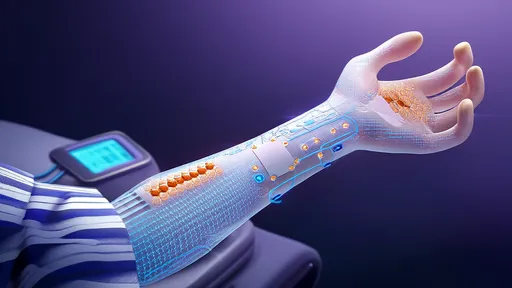
By /Jul 22, 2025
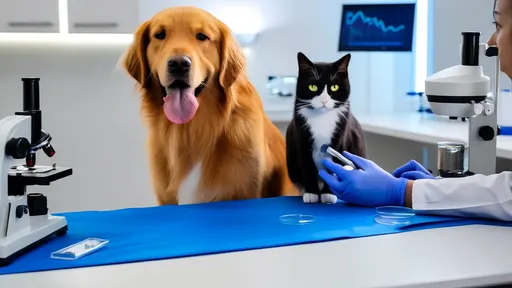
By /Jul 22, 2025

By /Jul 22, 2025
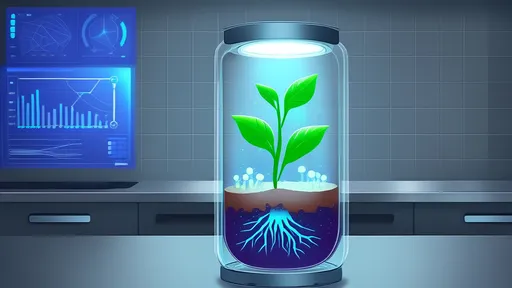
By /Jul 22, 2025

By /Jul 22, 2025

By /Jul 22, 2025

By /Jul 22, 2025
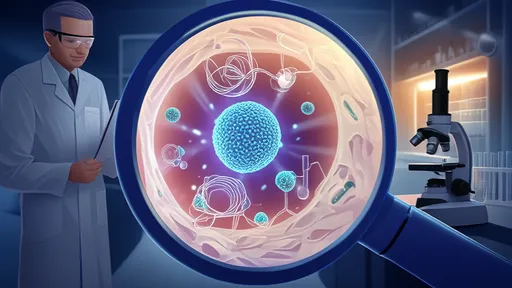
By /Jul 22, 2025

By /Jul 22, 2025
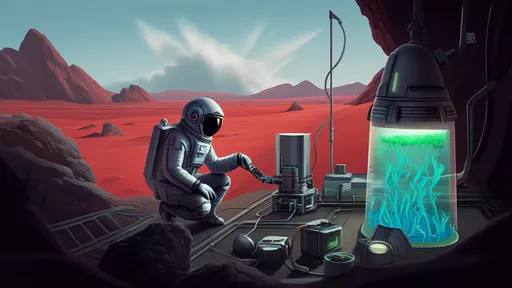
By /Jul 22, 2025
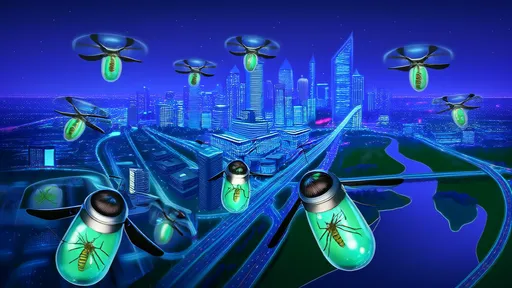
By /Jul 22, 2025
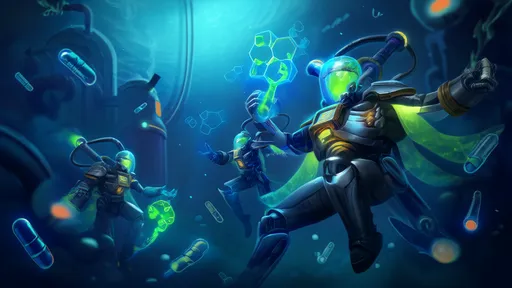
By /Jul 22, 2025
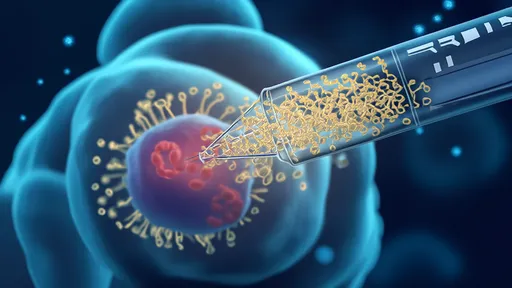
By /Jul 22, 2025
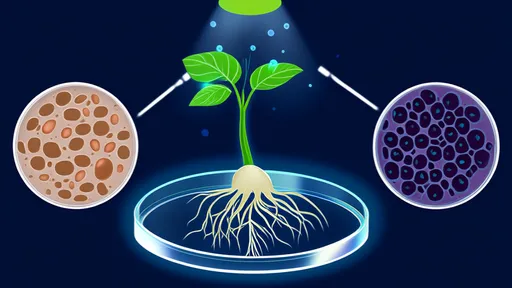
By /Jul 22, 2025
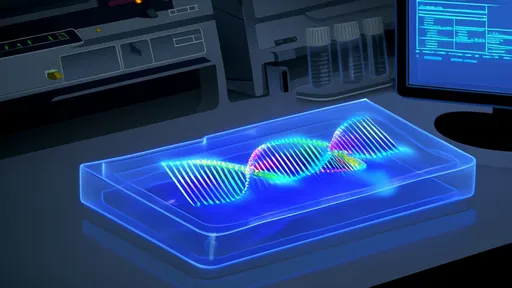
By /Jul 22, 2025

By /Jul 22, 2025
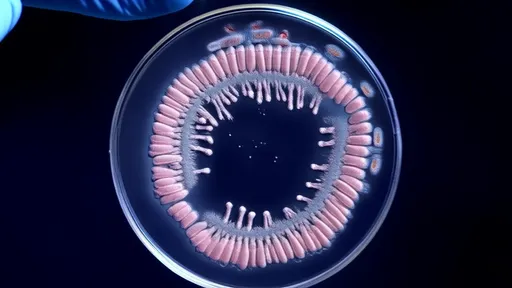
By /Jul 22, 2025